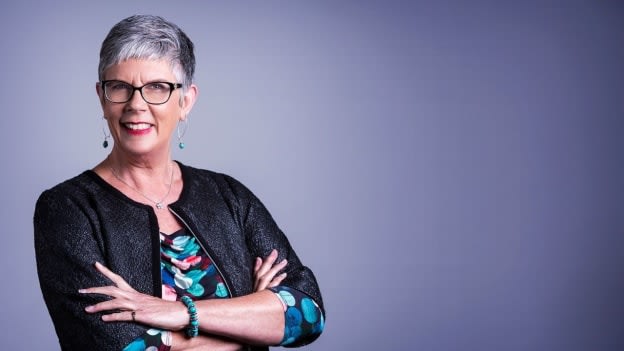ICYMI: Designing a bias-free organisation with bias specialist Bron Williams

Are you looking to create a bias-free organisation? Last year, People Matters interviewed bias specialist Bron Williams on strategies that work to create an equitable, bias-free workplace. With 2022's theme for International Women's Day being #BreakTheBias, we revisit the insights and pointers that Bron shared.
Based in Australia, Bron Williams is on a journey to make bias conscious in the corporate environment. She feels that rather than aiming to eliminate unconscious bias, we should accept that we are a result of our environment - meaning that we are inherently biased. We, and those around us are better served by making those biases conscious, and developing targeted strategies to drive successful growth and change.
Organisations put a huge amount of effort into improving diversity and equality but are still falling short. Are they doing the wrong things, not trying hard enough, or both?
One of the failings of organisations, and people as a whole, is the desire to have a ’quick fix’. And so, corporations run diversity training and have D&I champions. They ‘tick the box’ and feel that having provided training, things will automatically change. But all change is incremental. Bit by bit. It takes time. Companies must see addressing diversity and equality as an ongoing exercise. Looking for, identifying, and addressing bias must become a front-of-mind attitude, especially when making decisions.
Most diversity programmes don’t change attitudes, let alone behaviour. What do you think is missing from this puzzle?
Too many diversity programmes can leave people feeling guilty about their attitudes. Some even feel shame. No one is willing to change because they feel guilty or ashamed. In fact, people are much more likely to be resistant to any kind of change if a programme stirs up these sorts of emotions.
The key is to help people understand that bias is part of the human condition– and it’s a bias that lies behind all the forms of discrimination that diversity and inclusion programs seek to address. As we normalise the conversation around bias – everyone has biases – then we are more able to address the attitudes that bias fosters.
I’m not convinced that people intend to be biased or discriminatory, but their unconscious perspectives automatically respond to triggers that then allow them to hurt and discriminate. Understanding bias can be the circuit breaker.
How do you design a programme around managers’ biases?
An initial step I recommend for companies is to undertake a ‘bias audit'. Undertaking a bias audit is the foundational step in improving trust, building equity, and increasing productivity, all of which yield greater profitability. A bias audit engages an independent party to evaluate and uncover systemic and cultural issues, to identify what is working well and where there are desired and critical areas for improvement; it is a vital risk management tool for business, boards, and leadership teams who are charged with navigating real improvement in these areas.
A bias audit enables business owners, boards, and leadership teams to:
- Evaluate disparity in staff recruitment, retention, and relationships between policy and practice.
- Identify gaps and fissures in the documentation, procedures, and structures, including complaints handling success.
- Determine whether past training has produced the desired ongoing results in areas touched by bias.
From the audit, a business is able to more clearly see where biases lie, and which biases are most at play. The specific training can be developed and presented to address these concerns – always keeping in mind that we are dealing with people who will find change difficult and who may be resistant to that change, even threatened by it. Patience is required.
When it comes to creating an equitable work culture, men may resist organisational changes favoring women because they view gender equality as zero sum—if women win, men lose. How then do you enlist men as agents of change?
First, identify which men in an organisation are not threatened by a more equitable workplace – there will be some. These are your key champions. They will have done their own personal journeys to get to this point. Enlist them as communicators – they speak the ‘language’ of men and can aid in getting the equality message across. It may be useful to see if men can identify why ‘zero sum’ is the way they think – there will be some sort of fear around loss here.
It can be helpful to show men what they can gain by making space for women.
What can companies do to ensure that bias training truly leads to long-term changes in the organisation?
Here are my quick recommendations:
- Accept that real change is a long-term activity
- Look for bias – undertake a bias audit
- Implement recommended changes to documentation
- Seek/develop bespoke training and awareness building for staff and management
- Develop equitable pathways for promotion
- Address structural discrimination
- Be patient– this takes time












